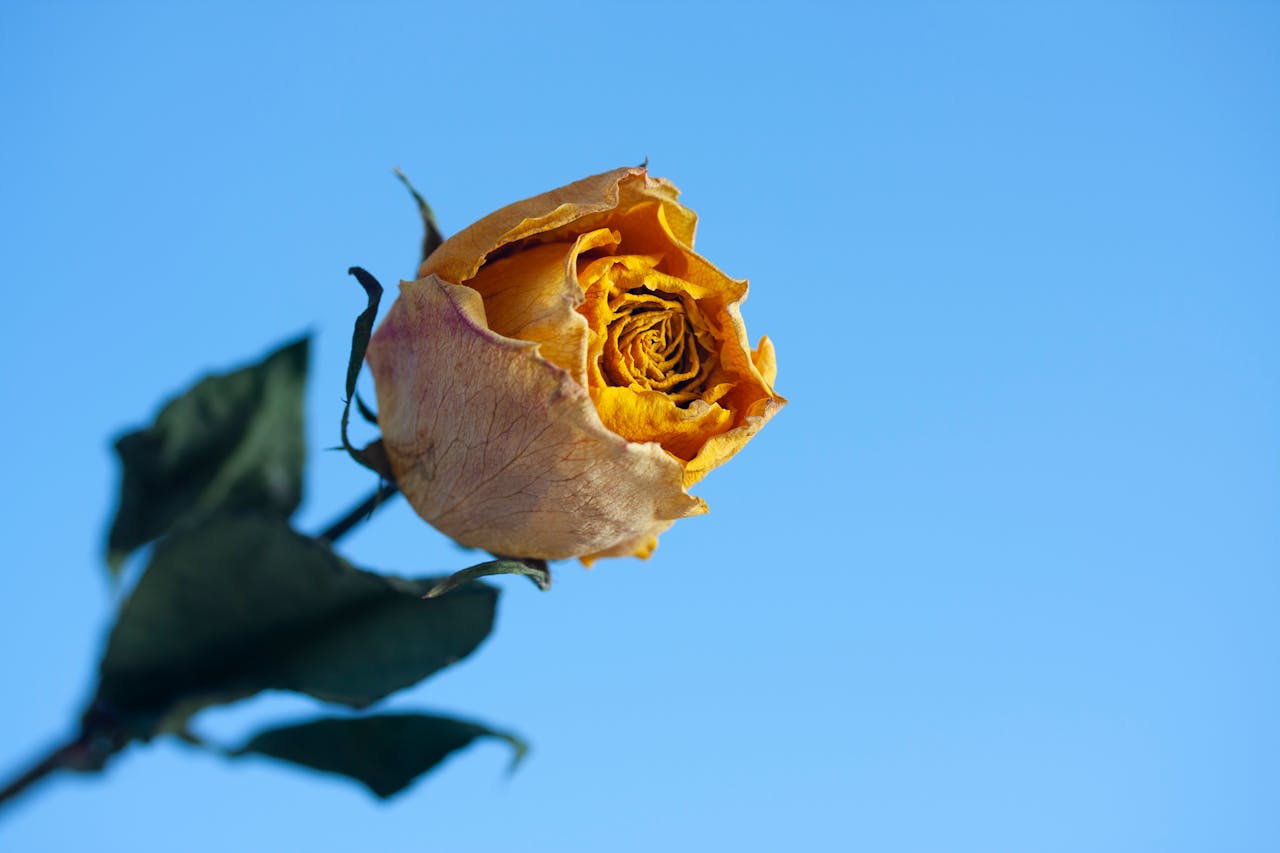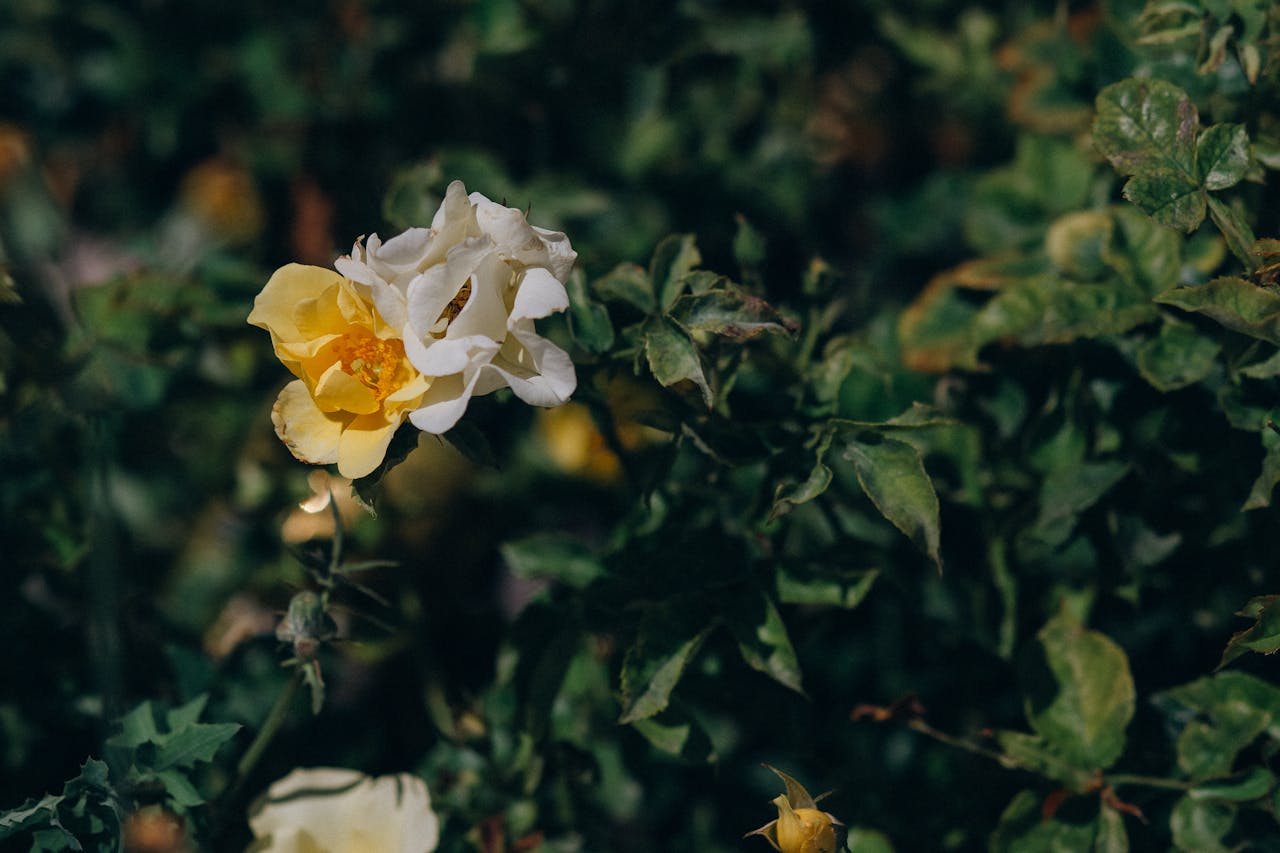Heritage Vs. Modern Roses - What Are The Key Differences?
The debate between heritage and modern roses is timeless. Each variety offers unique benefits and challenges, and understanding these can help you create a stunning landscape.
Dec 18, 2024295 Shares98.2K Views

Roses have long captivated gardeners and flower enthusiasts alike, symbolizing love, beauty, and resilience. Within the extensive Rosa genus, which encompasses over 300 species and thousands of varieties, two primary categories stand out: heritage and modern roses.
Each category boasts unique characteristics and appeals to different gardening philosophies. Understanding the distinctions between these varieties can enhance your gardening experience and aid in selecting the best roses for your landscape.
The History Of Roses
Roses have a fascinating history, evolving over approximately 35 million years. These flowering plants have undergone significant changes, shaped by natural cross-pollination and selective breeding throughout the ages.
Initially, roses spread through wind, birds, and bees, primarily in regions such as the Middle East and China. The first known cultivation of roses took place in Persia, where rose oil and rose water were distilled around 800 AD, becoming vital commodities for trade.
As time progressed, roses became intertwined with culture and mythology. In ancient tales, roses were often associated with beauty and romance, with stories suggesting that the original roses were thornless, developing prickles after the story of Adam and Eve. Such narratives have contributed to the allure and symbolic importance of roses throughout history.
Heritage Roses
Heritage roses, often referred to as old roses, emerged before 1867 and are cherished for their timeless beauty and historical significance. These varieties typically have large, bushy forms and are known for their highly fragrant, many-petalled flowers. They usually bloom once per season, adding a classic touch to gardens.
Characteristics Of Heritage Roses
Heritage roses can be identified by several key features:
- Growth Habit:These roses are often large and bushy, sometimes reaching heights of over 2 meters. Their growth can be more sprawling compared to modern varieties.
- Fragrance:One of the most appealing aspects of heritage roses is their scent. Many varieties are renowned for their strong and delightful fragrances, which vary widely among different types.
- Flowering:Heritage roses typically bloom in pastel colors, with many varieties producing dense clusters of petals that create a lush appearance.
Notable types of heritage roses include Alba roses, known for their tall stature and pale blooms; Bourbon roses, which are prized for their full blooms and strong fragrances; and Centifolia roses, or "cabbage" roses, famous for their tightly overlapping petals. Each of these varieties offers a unique charm, contributing to the nostalgic appeal of heritage roses.
Notable Heritage Rose Varieties
- Alba Roses:These ancient hybrids have been cultivated for centuries and are known for their resilience in various climates. They typically produce pale pink or white blooms and are hardy enough to thrive in both shade and colder conditions.
- Bourbon Roses:Originating from the Île Bourbon in France, Bourbon roses are recognized for their full blooms, which come in various shades and a delightful fragrance that can fill a garden.
- Centifolia Roses:Often referred to as "cabbage" roses, these varieties have tightly packed petals that create a stunning visual effect. They bloom only once in early summer but are highly prized for their scent and appearance.
- Gallica Roses:Known for their fragrant blooms and historical significance, gallica roses are hardy and tolerant of cooler climates, making them a favorite among gardeners seeking traditional varieties.
Modern Roses
Modern roses, introduced after 1867, are a result of intentional breeding efforts aimed at enhancing specific traits such as disease resistanceand continuous blooming. These roses often exhibit upright growth with well-shaped buds and long stems, showcasing a vast spectrum of colors.
Characteristics Of Modern Roses
Modern roses are designed to cater to contemporary gardening needs. Key characteristics include:
- Continuous Blooming:Unlike heritage roses, which typically bloom once per season, modern roses often produce flowers repeatedly throughout the growing season. This trait makes them highly desirable for gardeners looking for prolonged displays of color.
- Variety of Colors:Modern breeding has resulted in a wide array of colors, from vibrant reds to soft pastels, enabling gardeners to create diverse and colorful landscapes.
- Shape and Size:Modern roses tend to have larger blooms and more uniform shapes compared to their heritage counterparts. This uniformity is appealing for commercial floristry, where consistent quality is essential.
Notable Modern Rose Varieties
- Hybrid Tea Roses:Known for their large, ornate blooms that can feature 30 to 50 petals, hybrid tea roses create a stunning visual display in any garden. These roses are a staple in floral arrangements and are often associated with elegance.
- Floribunda Roses:Floribundas are beloved for their ability to produce clusters of flowers that bloom continuously throughout the growing season. This trait makes them an excellent choice for gardeners seeking a vibrant display with minimal maintenance.
- Climbing Roses:While not a distinct class, climbing roses can include various hybrids. These roses can be trained to grow on trellises or fences, producing numerous blooms and adding vertical interest to gardens.
Growing And Caring For Heritage And Modern Roses
Both heritage and modern roses require specific care to thrive, but their needs can differ significantly.
Both heritage and modern roses require specific care to thrive, but their needs can differ significantly.
Care Tips For Heritage Roses
Heritage roses thrive when given proper care. Here are essential tips:
- Soil Requirements:Heritage roses prefer well-draining soil enriched with organic matter. Adding compost or well-rotted manure can enhance soil quality, providing the necessary nutrients.
- Sunlight:Most heritage roses thrive in full sun, requiring at least six hours of sunlight daily to promote healthy growth and abundant blooms.
- Watering:Deep watering is crucial as it encourages strong root development. It's essential to avoid overhead watering to minimize the risk of fungal diseases. A consistent watering schedule can help ensure optimal health.
To maximize your gardening success, it’s beneficial to explore different rose varietiesthat align with your specific growing conditions and aesthetic preferences. Understanding the characteristics of these varieties will aid you in making informed decisions about the best roses for your landscape.
Despite their hardiness, heritage roses can be susceptible to certain pests and diseases. Regular monitoring and organic treatments, such as neem oil or insecticidal soap, can help manage these issues effectively.
Care Tips For Modern Roses
Modern roses have specific care requirements that support their growth and blooming cycles:
- Soil Preparation:Modern roses benefit from a balanced mix of nutrients. Incorporating fertilizers specifically designed for roses promotes healthy growth and encourages flowering.
- Pruning:Regular pruning is crucial for modern roses to maintain their shape and encourage new growth. Early spring is the best time for this task, ensuring cuts are made above healthy buds.
- Pest Management:Utilizing integrated pest management strategies can effectively control pests without relying heavily on chemical treatments. This approach promotes a healthier garden environment.
Incorporating practices that emphasize organic gardening and low maintenance has become increasingly popular among modern gardeners. These trends align with the preferences for roses that perform well with minimal intervention, such as reduced watering and fertilization needs.
Comparing Heritage And Modern Roses
Aesthetic Differences
The visual appeal of roses is a significant factor for gardeners. Heritage roses typically exhibit complex flower forms with layers of petals, offering a romantic and nostalgic aesthetic. In contrast, modern roses demonstrate uniformity in shape and color, often showcasing bright, bold hues.
The charm of heritage roses often lies in their rich fragrances and intricate forms, while modern roses are valued for their prolific blooming and striking visual impact. Exploring the various types of rosescan further enhance your understanding of these differences. Each type offers unique characteristics and growth habits that can influence your garden's design and overall feel.
Maintenance And Care
Maintenance practices differ significantly between heritage and modern roses. Heritage roses generally require less frequent fertilization due to their natural resilience.
However, they may need more extensive pruning to maintain their shape. In contrast, modern roses benefit from regular feeding and consistent pruning to encourage continued blooming.
Moreover, while heritage roses often exhibit resistance to common diseases like black spot, modern varieties have been bred specifically to withstand various threats, ensuring they thrive in contemporary garden settings.
Specific Rose Varieties
Both heritage and modern categories encompass a multitude of specific varieties that stand out due to their unique features. Some notable varieties include:
- Climbing Roses:These roses can include both grandiflora and floribunda types. They can grow up to impressive heights when supported and are known for their abundant blooms.
- Miniature Roses:Compact and often used in smaller spaces or containers, these roses are popular among novice gardeners for their easy care. They typically grow between 15 to 30 inches tall.
- Groundcover Roses:Bred for low maintenance, these roses spread outward and provide continuous flowering, making them ideal for filling space in gardens or as border plants.
Understanding the principles of plant developmentis crucial when selecting rose varieties. This knowledge will help you appreciate how different types grow and adapt to their environments, allowing you to make informed decisions for your garden.
FAQs
Are Heritage Roses Harder To Care For Than Modern Roses?
Heritage roses may require more specific care regarding pruning and disease management. However, many gardeners appreciate their natural resilience and lower need for chemical treatments.
Can Modern Roses Have The Same Fragrance As Heritage Roses?
While some modern roses possess fragrance, many are bred primarily for visual appeal, resulting in a reduced scent compared to their heritage counterparts.
How Do I Choose The Right Type Of Rose For My Garden?
Consider factors such as climate, soil type, and personal preference for aesthetics and maintenance. Both heritage and modern roses can thrive in different environments, so choose varieties that align with your gardening goals.
Conclusion
Navigating the world of roses reveals a rich tapestry of heritage and modern varieties, each offering unique benefits and challenges. By recognizing their characteristics and care requirements, gardeners can make informed choices that enhance their gardening experiences. Embrace the beauty and diversity of roses to create a stunning and fragrant garden landscape, ensuring that your garden remains a testament to the timeless allure of these remarkable flowers.
Latest Articles
Popular Articles
